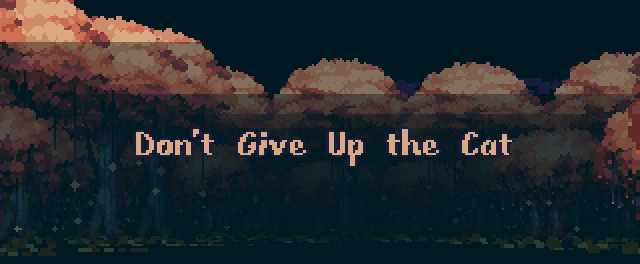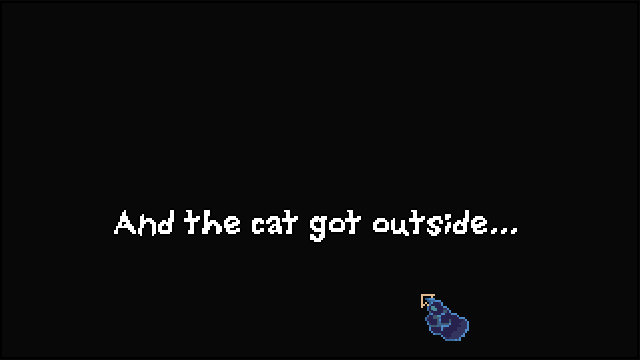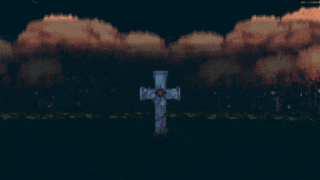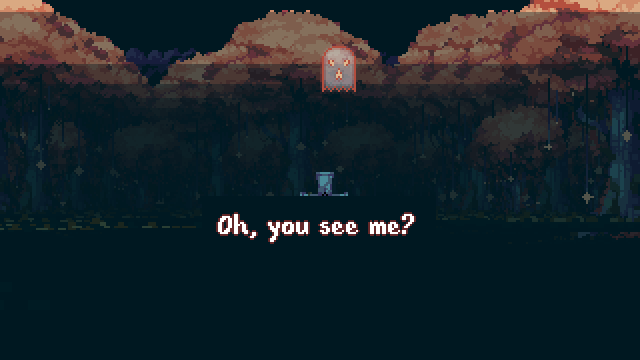Hi, I have recently found a small piece of software I wanted to experiment with for ideas. Problem is, it's from 1986 and for Mac computer of the time.
The software is World Builder. Does anyone knows a way I could run and play with this software?
https://www.macintoshrepository.org/2984-world-builder
The software is World Builder. Does anyone knows a way I could run and play with this software?
https://www.macintoshrepository.org/2984-world-builder
















